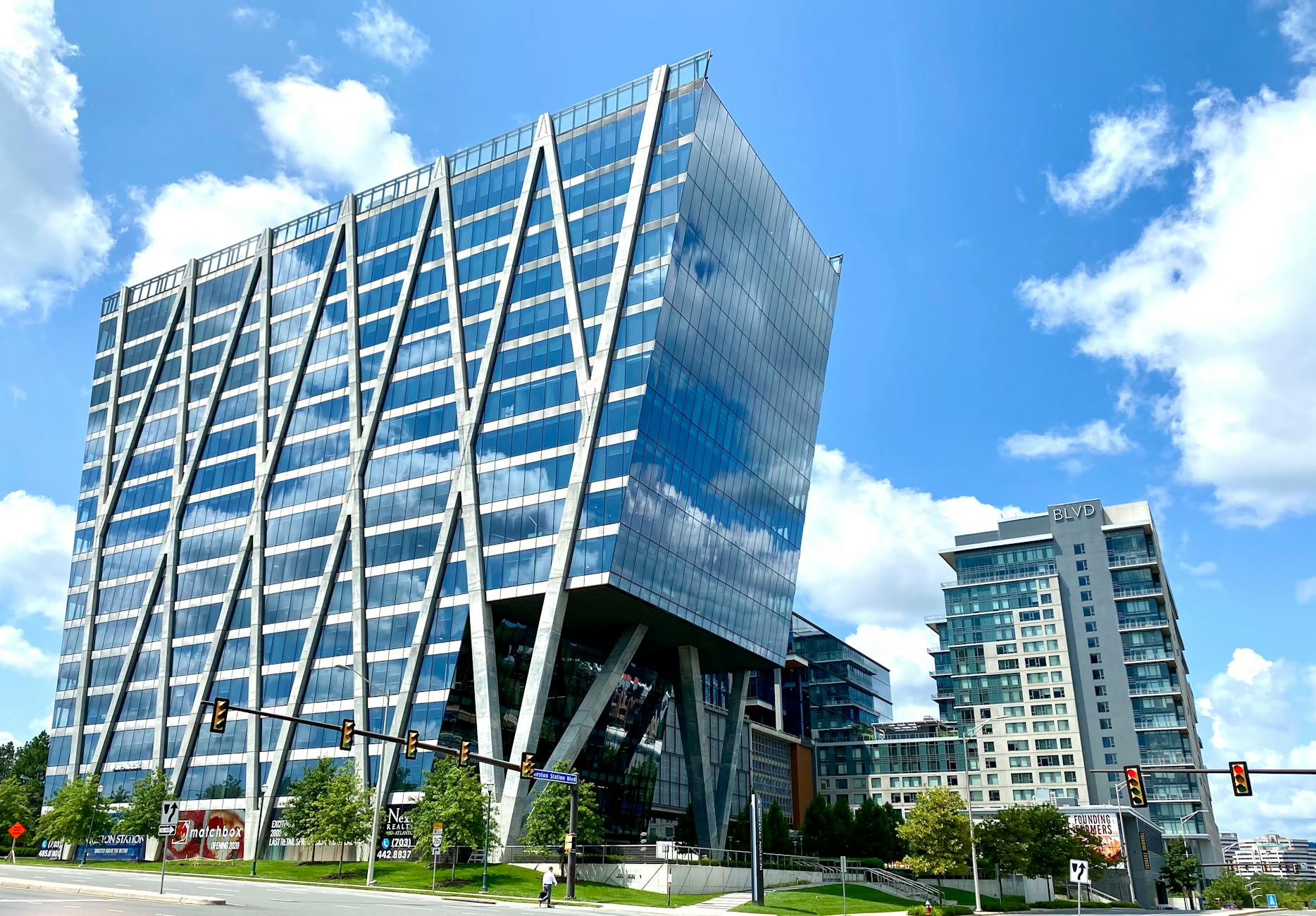Emerging Trends in Affordable Housing Development in Your Region
Emerging trends in affordable housing development in your region reflect a dynamic shift in how communities are addressing the growing need for accessible living spaces amid rising population and economic challenges. As housing affordability becomes a critical issue, developers, policymakers, and urban planners are innovating to balance cost, sustainability, and community well-being. This article explores several key trends shaping the affordable housing landscape, examining new construction techniques, financing models, and collaborative efforts that make housing more attainable. By understanding these developments, stakeholders and residents alike can better appreciate the evolving strategies that aim to provide quality homes without compromising financial feasibility. These trends also offer insights into the future of housing policy and urban growth, highlighting emerging solutions tailored specifically to regional demands.
Innovative construction technologies
One of the most significant shifts in affordable housing is the adoption of advanced construction technologies designed to reduce costs and accelerate project timelines. Prefabricated and modular building methods are increasingly popular because they enable substantial savings on labor and materials by assembling components offsite before transportation and installation. These systems minimize weather-related delays and waste generation, crucial factors in keeping projects on budget.
Additionally, 3D-printing technology has started to emerge as a promising avenue for producing housing units quickly and inexpensively. This technology uses a layer-by-layer approach to create entire structures from concrete mixtures, allowing for customization and rapid scale-up. The adoption of such innovations supports affordability goals by cutting down traditional construction overheads significantly.
Public-private partnerships and financing models
Securing financing remains a major hurdle in affordable housing development. To address this, many regions are encouraging collaboration between public entities and private developers. Public-private partnerships (PPPs) leverage government incentives, such as tax credits and grants, alongside private capital investment to bridge funding gaps. This cooperation increases project feasibility while aligning interests towards community-centric goals.
Innovative financing models like social impact bonds and community land trusts have also gained traction. Social impact bonds, for instance, involve investors funding housing projects upfront and receiving returns based on measurable social outcomes, such as reduced homelessness. Meanwhile, community land trusts maintain ownership of land to keep housing costs stable and promote long-term affordability for residents.
Sustainability and resilience in design
Environmental considerations are integral to modern affordable housing initiatives, which emphasize sustainable design and resilience against climate-related challenges. Projects incorporate energy-efficient appliances, solar panels, and green building materials to reduce utility costs for residents, enhancing affordability beyond just initial rent or purchase prices.
Moreover, developers focus on resilience by constructing homes that can withstand floods, heatwaves, or other local climate risks. Features like elevated foundations in flood-prone areas or natural ventilation reduce vulnerability while safeguarding long-term investment value. These strategies ensure that affordable housing can remain safe and cost-effective over time.
Community engagement and social integration
Successful affordable housing development extends beyond physical structures to include active community involvement and integration strategies. Developers increasingly prioritize input from prospective residents and neighborhood stakeholders during planning phases to ensure projects respond to real needs. This approach fosters social cohesion and supports the creation of vibrant, inclusive neighborhoods.
Mixed-income housing models are also gaining prevalence as they reduce stigma and provide equitable access to amenities. Projects often incorporate shared public spaces, community centers, and services that promote interaction and mutual support among diverse residents, strengthening social networks and enhancing overall quality of life.
| Trend | Key benefits | Challenges addressed |
|---|---|---|
| Innovative construction technologies | Lower costs, faster build times, waste reduction | Construction delays, high labor/material expenses |
| Public-private partnerships and financing | Increased funding, risk sharing, community focus | Funding gaps, investor hesitation |
| Sustainability and resilience | Lower utility costs, climate risk mitigation | Energy inefficiency, climate vulnerability |
| Community engagement and social integration | Resident satisfaction, social cohesion | Stigma, neighborhood disconnection |
Conclusion
The landscape of affordable housing development in your region is rapidly evolving through a combination of technological innovation, strategic financing, sustainable design, and community-focused approaches. Prefabricated building methods and 3D printing are revolutionizing how units are constructed, making projects more cost-effective and efficient. Meanwhile, public-private partnerships and unique funding mechanisms enable more projects to come to fruition despite economic constraints. Integrating sustainability and resilience ensures that new housing remains affordable and safe in the long term. Finally, emphasizing resident involvement and mixed-income integration helps foster welcoming, vibrant communities. Together, these emerging trends offer a comprehensive strategy to tackle housing affordability challenges while promoting a better quality of life for residents. They signal a hopeful future where housing accessibility and sustainable development advance hand in hand.
Image by: Andreas Leindecker
https://www.pexels.com/@andreas-leindecker-730264322
editor's pick
latest video
news via inbox
Nulla turp dis cursus. Integer liberos euismod pretium faucibua

